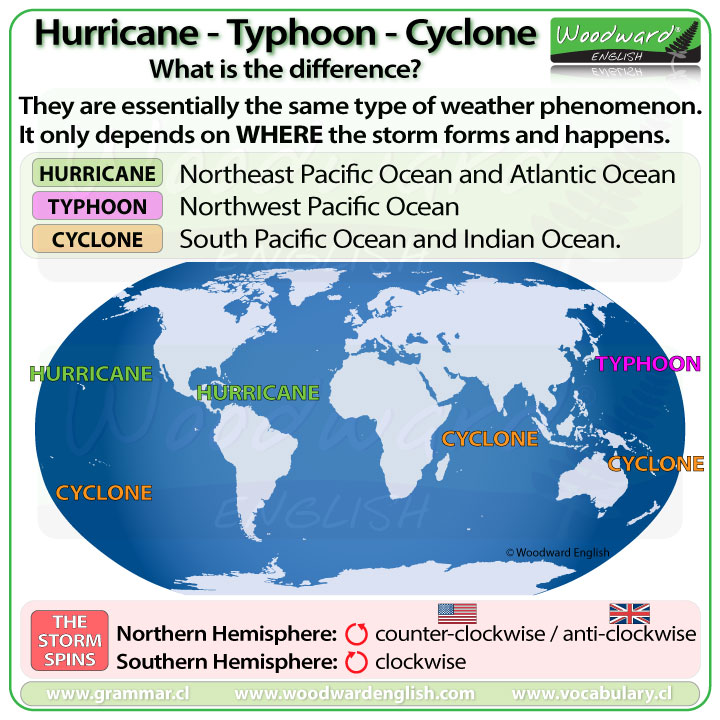
Marine & Freshwater Environmental Education
Follow BCS on Twitter
My TweetsWant updates on BCS posts?
Scroll through the BCS archives …
Learn more on …
Random posts from BCS …
Are manatees and elephants related?
It might be very difficult to imagine, but it’s true. Manatees (also known as ‘sea cows’) share a common ancestor with elephants which might come as a surprise if you thought manatees shared a common ancestor with other marine mammals such as dolphins, whales, or sea lions. Here are 10 facts that link manatees and […]
99 reasons I’m in ‘Limulus Love’
It’s no secret that I love those horseshoe crabs. Well someone on Twitter this week asked me why I am so crazy over them so I thought I’d take the time to outline 99 reasons I think Limulus polyphemus are a fascinating species. Three Nobel Prizes were awarded to scientists who did some or all […]
Where can I meet other beachcombers and learn more about beachcombing?
At the International Beachcombing Conference from November 7-9, 2009 in Annapolis, MD. The conference brings together experienced and novice beachcombers to discuss what factors are affecting the beachcombing experience. The conference is held at the Chesapeake Bay Foundation’s LEED certified Phillip Merrill Environmental Center and is sponsored by The Society for Ocean Sciences, The Chesapeake […]
Do you know your seafood?
With the holidays right around the corner there will no doubt be plenty of indulgences. It is important to keep in mind that seafood can also be considered an extravagance if you’re choosing an unsustainable option to serve or taste. Did you know that the global fishing fleet can catch up to two and a […]
How do sea stars eat?
First, sea stars grip their prey (e.g., bivalves, such as clams and oysters) with their suction feet and pry them apart to eat the muscle inside the shells. Then, once the bivalve’s shell is open, the stomach of the sea star emerges from the middle of the underside of its star-shaped body to absorb the […]
Why do I always see so many dead crabs along the shoreline?
Rest assure those crab skeletons are not all dead crabs. They are the molts from the animals. Crabs, lobsters, horseshoe crabs, and many other crustaceans go through a molting phase and the old shell is basically washed up in the wrack line. The wrack line is the deposits from the ocean after the tide has […]
Are stingrays related to sharks?
Stingrays and sharks are very closely related. They belong to a group of fishes called the elasmobranchs. All elasmobranchs have 1) skeletons made of cartilage (the flexible material that makes up the tip of our nose and ears) and 2) 5-7 gill slits. Elasmobrachs includes sharks, rays, and skates. It’s not entirely incorrect to think […]
10 fish you don’t see during Shark Week
I confess. I’ve given up on Shark Week. It took 25 years to shake me, but for the first time I can remember, I won’t be watching. When I was 16, you couldn’t schedule enough great white and shark attack programming to satisfy me. Danger Beach, Vic Hislop, Air Jaws … it was all good. […]
What is your fish of the day?
When you are going out to eat and want to eat seafood that is good for you and good for the sustainability of the ocean carry around the Monterey Bay Aquarium Seafood Watch pocket guide. It lists the best choices, good alternatives and what to avoid. This guide can be downloaded and printed out, is […]
How did ‘Take a Child Outside’ Week get started?
If I had to nail down three themes for this blog I would say marine science, ocean conservation, and environmental education would encompass all 406 posts. This one is dedicated to environmental education and more specifically a new initiative that I am a strong advocate for – not only one week out of the year […]
Flickr photos …
What people are saying …
- Robert Emahiser on Why you should never walk on dunes
- Lesa on 10 brief facts on bioluminescence
- Lisa on Limulus Love
- Beach Chair Scientist on 17 facts about the wee sea potatoes
- Bernard Rejterada on 17 facts about the wee sea potatoes
- Brian on What is the difference between a summer and winter flounder?
- Inbound marketing on 15 facts about the Portuguese man-of-war that’ll have you saying “Didya know…?”
- Donnie Huckabee on Wordless Wednesday | Shell art
- John on Why you should never walk on dunes
- ItzJaylaD on What I know about whale sharks
Top posts & pages from BCS …
- Hurricane vs. Cyclone vs. Typhoon
- A House for Hermit Crab
- How to handle a horseshoe crab
- Snot's your house
- Wednesday Wisdom: Various quotes (Alaska scenes)
- A naturalist's must-see destination: Fossil Hunting at Bayfront State Park in Chesapeake Beach, MD
- Belly biology creates lasting memories
- Five awful puns about courtship in the sea
- Horseshoe crabs confirmed as members of arachnid family
- Beyond the bag: Other plastics being banned

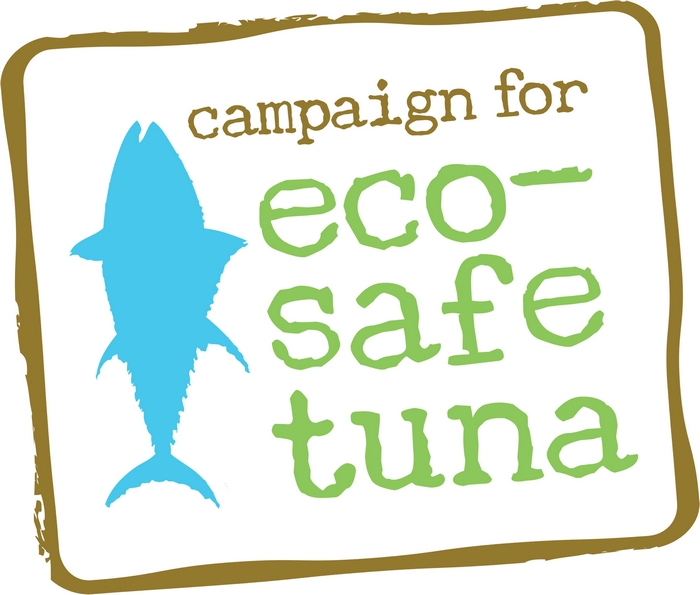


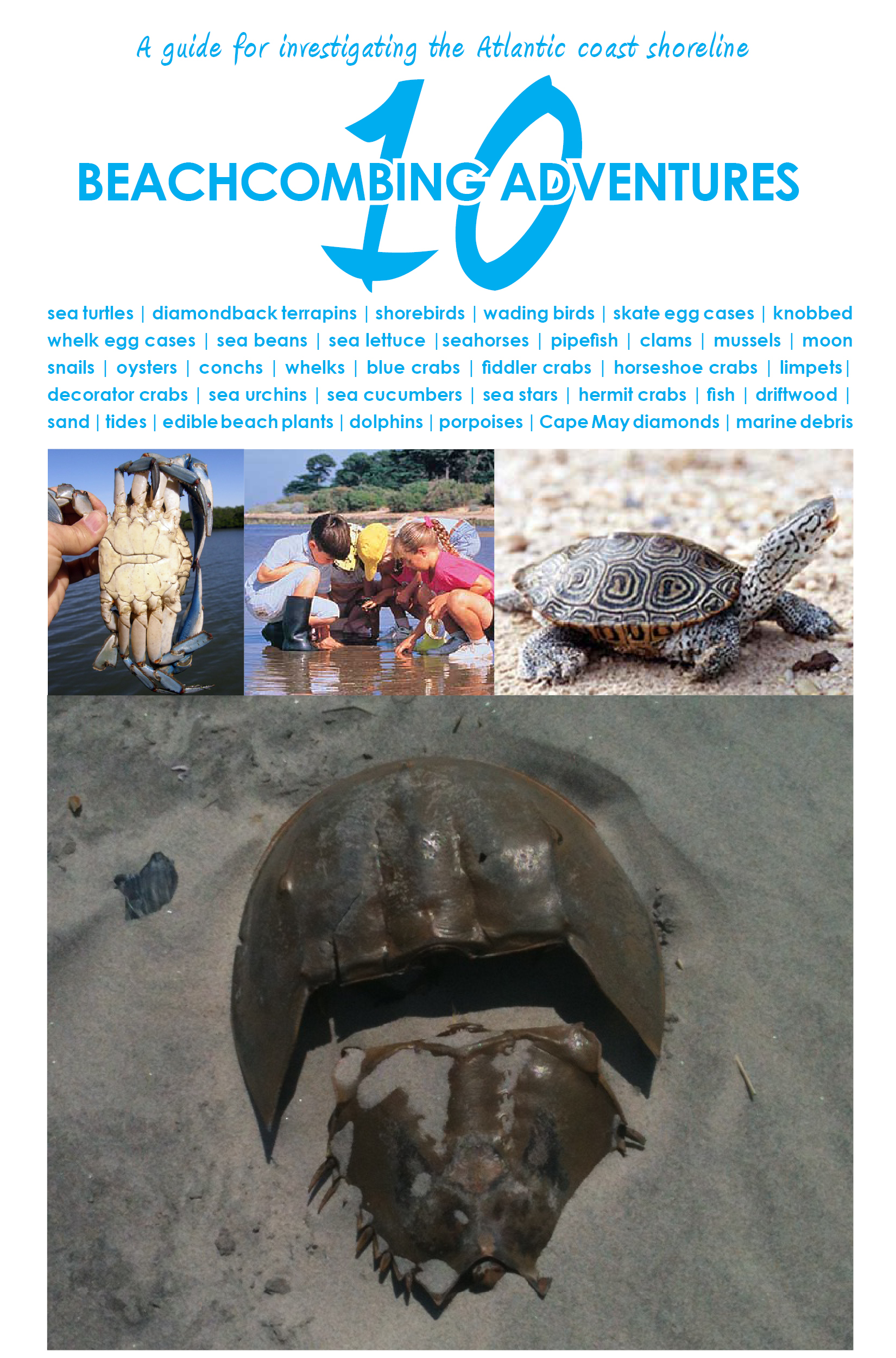
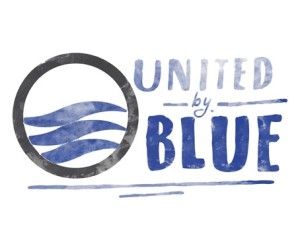
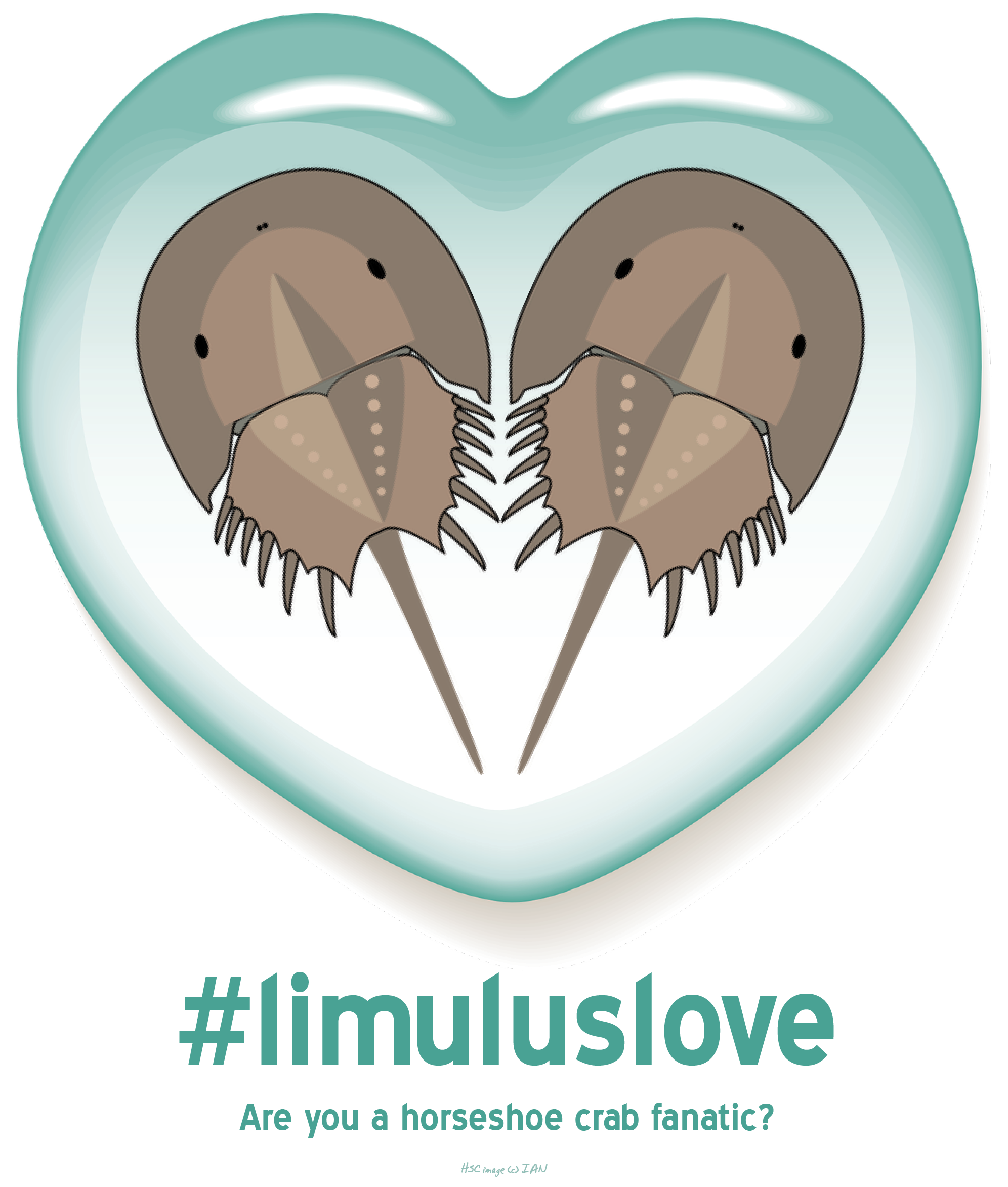
Speak Your Mind